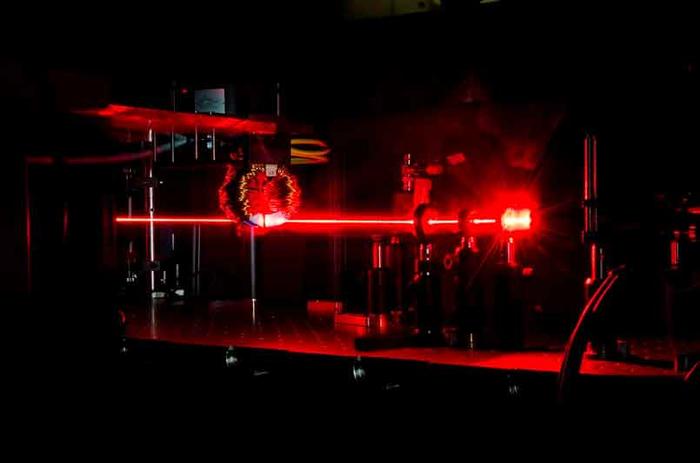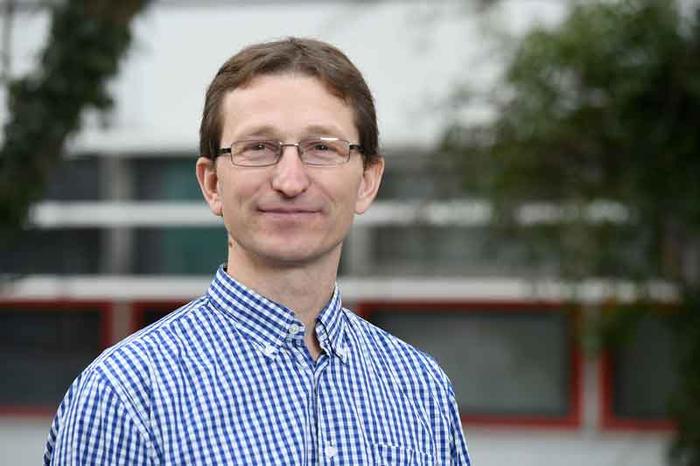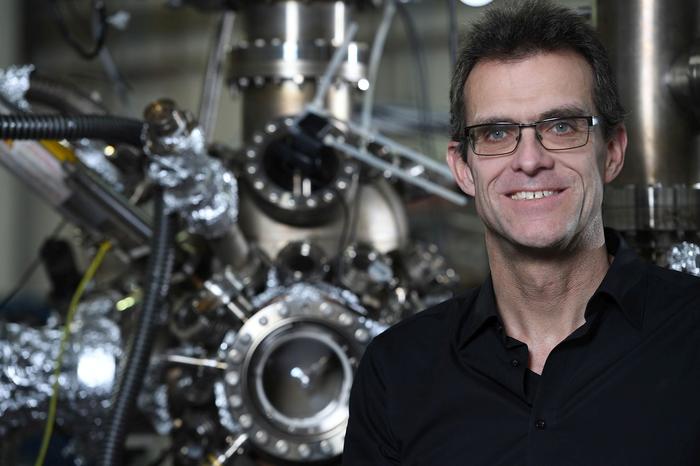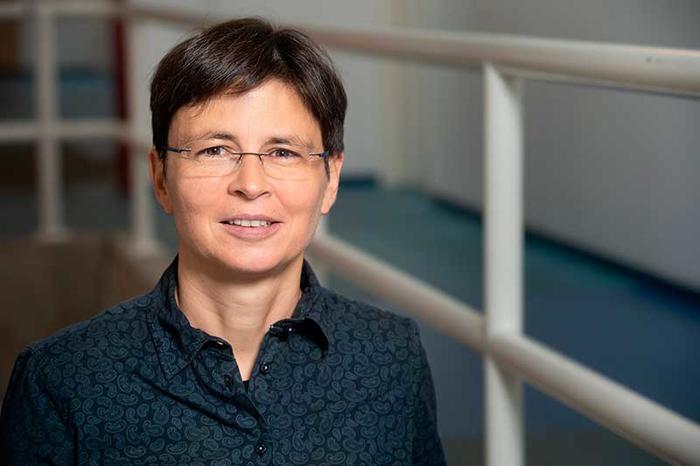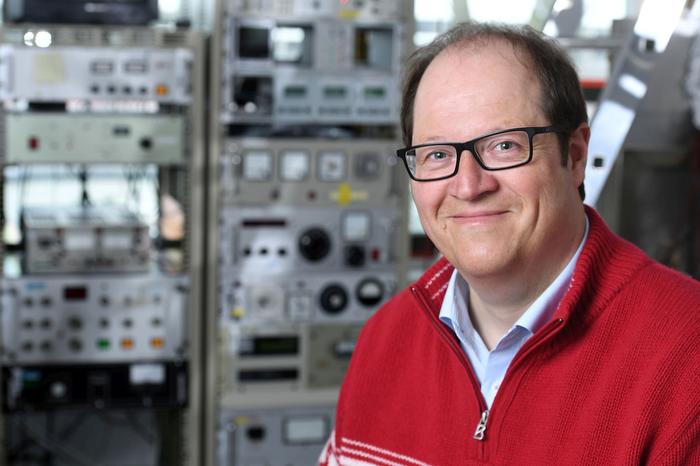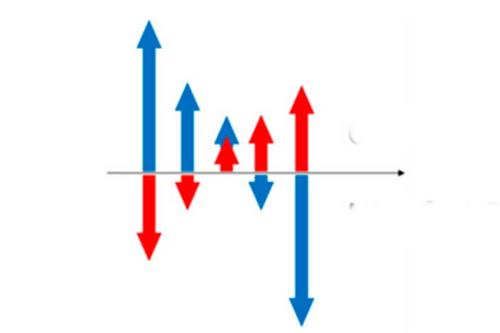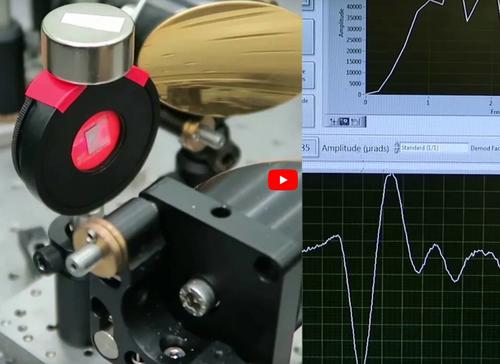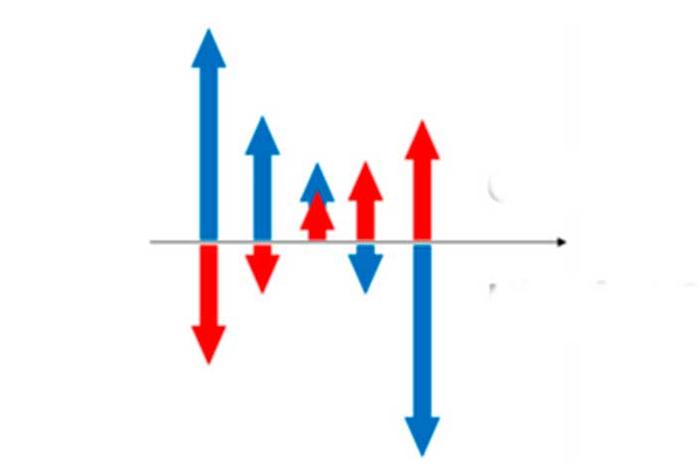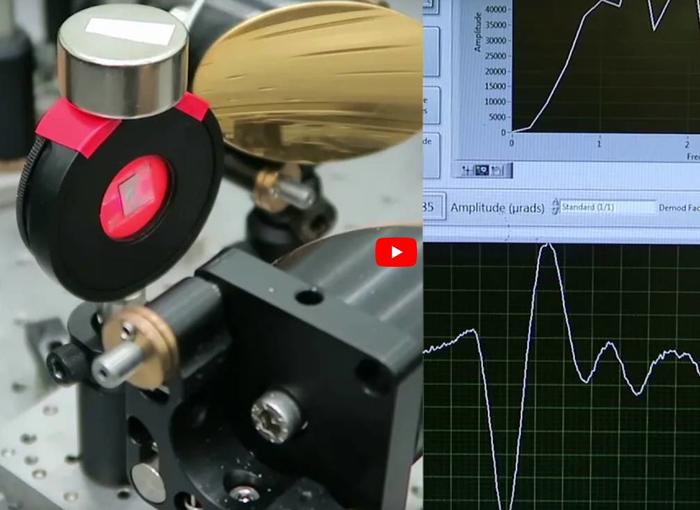Ultrafast Physics
A beam of femtosecond laser pulses excites ultafast processes in a magnetic material.
Image Credit: Andrea Grützner; Research Group Kampfrath
We use femtosecond laser pulses with wavelengths ranging from the terahertz to the x-ray regime in order to record “movies” of extremely fast processes in magnetic materials and biological molecules.
This allows us to resolve the dynamics of materials and reveal unprecedented properties in ultrashort timesteps of only 0.000 000 000 000 01 seconds. These insights may be used in the future to develop smaller and faster applications in process engineering and information technology.
Research Focus
Ultrafast physics is an important research field in our department. Besides investigating questions related to atomic and molecular physics, we explore in particular ultrafast dynamics in solids, thin films, and surfaces. Obtaining a fundamental understanding of ultrafast spin dynamics in these systems allows, for example, to develop spin-based information technology. Using the spins of electrons has enormous potential for applications in future magnetic storage devices and logic devices with simpler architecture and reduced power consumption.
In both, our experimental and theoretical groups, we investigate the response of magnetic order or so-called spin currents upon excitation with ultrafast laser pulses on the femtosecond timescale (10-15 s). These extremely short time scales are reached when ballistic electrons travel over nanometer distances. While future applications will require such short timescales and correspondingly terahertz bandwidths, today's spin-based magnetoelectronic devices still work with 100–1.000 times slower clock rates.
Research towards Ultrafast Technologies
Our research activities focus on phenomena in novel materials and on nanoscale structures.
Analysis and control of ultrafast spin dynamics open exciting long-term perspectives for technological applications: Developers could use femtosecond spin dynamics for novel functionalities in future ultrafast technologies.
Our Research Methods
-
Ultrafast Pump-Probe Spectroscopy (UV, VIS, IR, THz)
-
X-Ray Spectroscopy (X-Ray Scattering and Reflectivity)
-
Photoemission (Time-, Angle-, and Spin-Resolved) and Photoelectron Microscopy
-
Nonlinear Frequency Generation (SHG)
-
Magneto-Optical Kerr Effect (MOKE)
-
Ultrafast THz Scanning Tunneling Microscopy
-
Time-Dependent Density-Functional Theory (TD-DFT)
-
(Spin-Dependent) Transport Theory
-
Atomistic (Spin-)Dynamics Simulations
-
Coherent Control Theory and Optimal Control Theory
